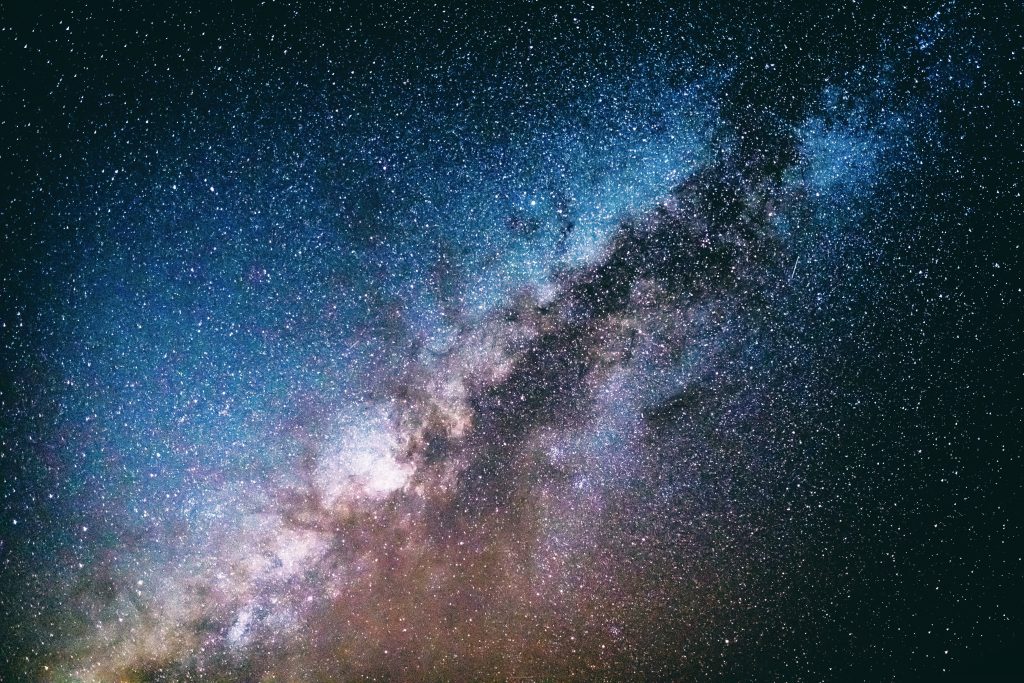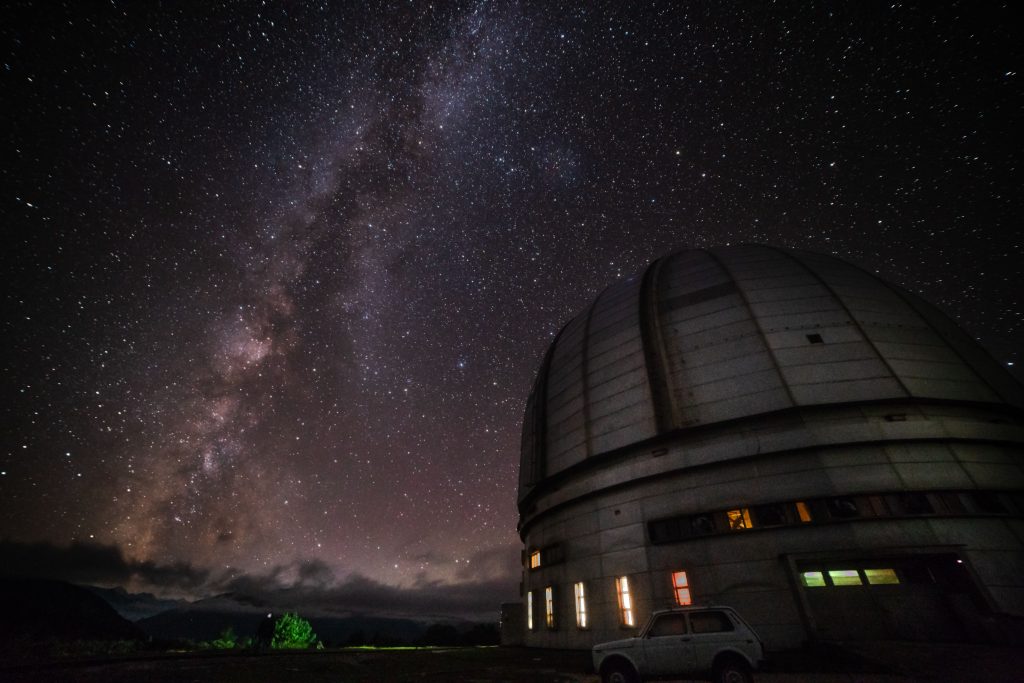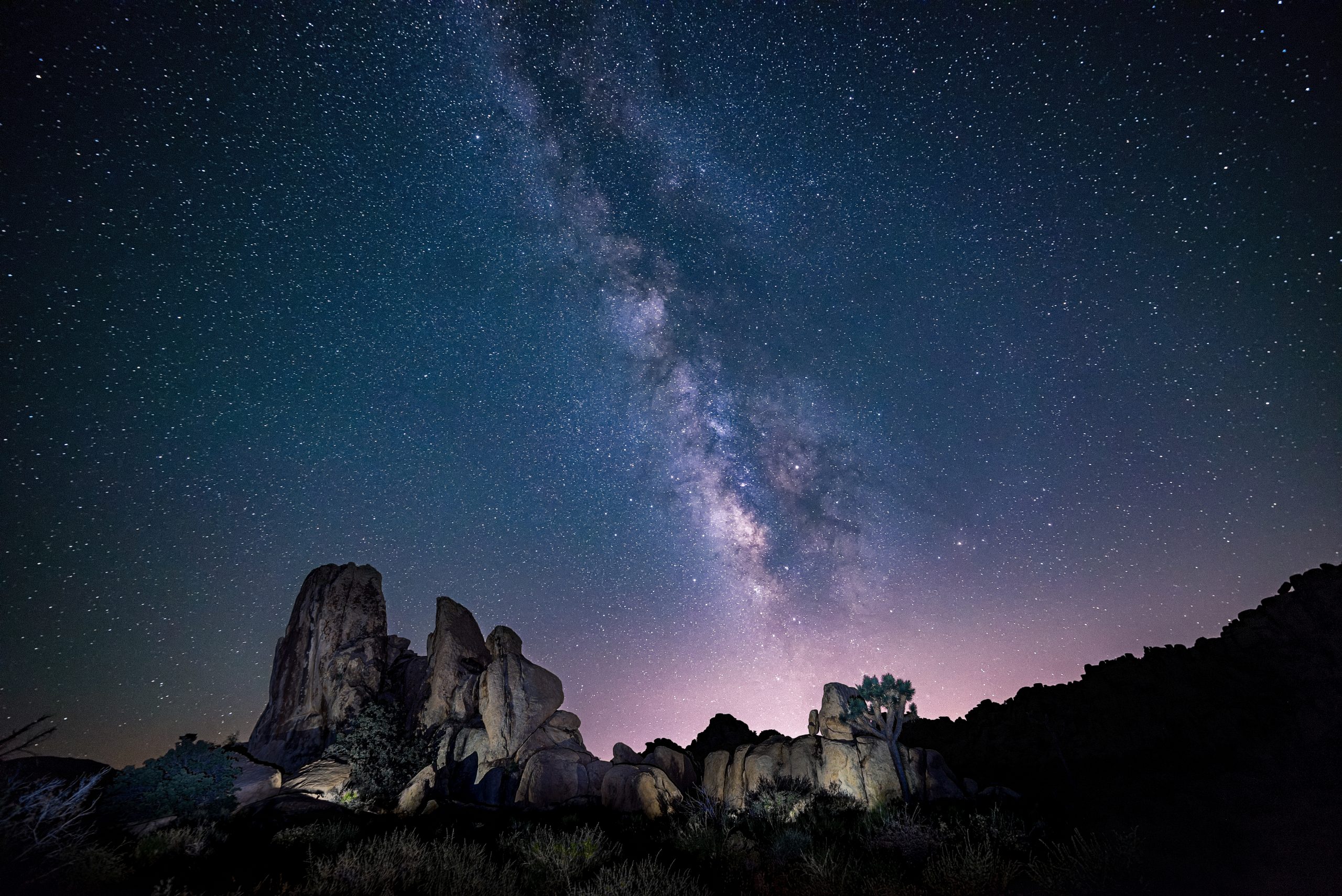The Milky Way galaxy, an awe-inspiring spiral of stars, gas, and dust, is the galactic home to our solar system and billions of other stars. Spanning approximately 100,000 light-years in diameter, it is a cosmic marvel that has fascinated astronomers and stargazers for centuries.
The concept of the Milky Way as a distinct entity dates back to ancient civilizations, with the Greeks referring to it as “Galaxias Kyklos,” meaning “milky circle.” However, the true nature of the Milky Way was not fully understood until the advent of the telescope. In 1610, Galileo Galilei used his telescope to observe the Milky Way, discovering that it was composed of countless individual stars. This marked a pivotal moment in our understanding of the galaxy.
In the 18th century, astronomer William Herschel conducted extensive surveys of the night sky, leading to the realization that the Milky Way was a vast disk of stars. His work laid the foundation for future astronomical research and our current understanding of the galaxy’s structure.
The Milky Way is a barred spiral galaxy, characterized by a central bar-shaped structure composed of stars. From this bar extend four primary spiral arms: the Perseus Arm, the Sagittarius Arm, the Scutum-Centaurus Arm, and the Carina-Sagittarius Arm. Our solar system resides in a minor arm called the Orion-Cygnus Arm, located about 27,000 light-years from the galactic center.

At the heart of the Milky Way lies a supermassive black hole known as Sagittarius A*. This black hole, with a mass equivalent to about 4 million suns, exerts a powerful gravitational pull that influences the orbits of stars and other celestial bodies in its vicinity.
The Milky Way is estimated to contain between 100 billion and 400 billion stars, ranging from hot, massive blue stars to cool, dim red dwarfs. These stars are scattered across various regions, including the thin disk, thick disk, bulge, and halo. The thin disk, where our solar system is located, hosts the majority of the galaxy’s star-forming regions and young stars.
The space between the stars in the Milky Way is not empty but filled with an interstellar medium composed of gas, dust, and cosmic rays. This medium plays a crucial role in the life cycle of stars, as it is the raw material from which new stars are born. Giant molecular clouds within the interstellar medium collapse under gravity to form new stars, while supernova explosions enrich the medium with heavy elements, fueling future star formation.
The Milky Way rotates differentially, meaning that its inner regions rotate faster than its outer regions. This rotation creates the spiral structure, as density waves compress the interstellar medium and trigger star formation along the spiral arms. Our solar system orbits the galactic center at a speed of about 220 kilometers per second, completing one revolution approximately every 230 million years.

From Earth, the Milky Way appears as a luminous band stretching across the night sky, especially visible in areas with low light pollution. This band is the combined light of millions of stars, too distant to be individually discerned. Some of the best places to observe the Milky Way include remote locations with minimal light interference, such as national parks, deserts, and high-altitude regions. Notable spots include:
- Mauna Kea, Hawaii: Known for its high elevation and clear skies.
- Atacama Desert, Chile: One of the driest places on Earth, offering minimal atmospheric distortion.
- Yellowstone National Park, USA: Offers pristine dark skies away from urban light pollution.
- Namib Desert, Namibia: Provides excellent visibility with its dry, clear atmosphere.
In about 4 billion years, the Milky Way is expected to collide with the neighboring Andromeda galaxy, an event that will reshape both galaxies into a new, larger elliptical galaxy. This cosmic dance, while violent on an astronomical scale, will likely not pose a direct threat to individual star systems, including our own.
The Milky Way is not just a backdrop to our existence but a dynamic and complex entity that continues to captivate our curiosity. As we delve deeper into its mysteries, we gain a greater understanding of the universe and our place within it. Whether through the lens of a telescope or the equations of astrophysicists, the Milky Way remains a testament to the grandeur and beauty of the cosmos.














